 Weber Flavors Liquid Colors
Weber Flavors Liquid Colors
“We taste with our eyes”
While Weber Flavors specializes in mouth-watering flavors, we recognize that eye-popping color is equally important when creating appetizing food. Food presentation can be as important as how it tastes, and a key part of making food look appealing is getting the color system just right.
EA Weber offers a selection of FD&C and natural color blends in liquid form. Weber Flavors is not a primary manufacturer of food colorants and dyes, however, many of our flavors can be formulated “with added artificial colors”, eliminating an often messy step in the food production process.
Certified Color Additives are also known as FD&C colors. These are synthetically derived colorants that come in straight dye (water soluble) and Lake versions (oil soluble). At Weber Flavors, we use only the straight dye versions of these colorants. Liquid FD&C Colors or Color Blends are also available separately to customize your flavor and color system.
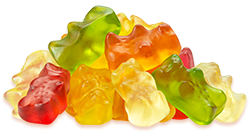 A small selection of colorants derived from natural ingredients (formally “Exempt Color Additives”) are also available in liquid form: Annatto, Turmeric, Beet, Caramel Colors, and select additional colors derived from plant materials. Weber does not recommend combining color and flavors systems when using these colorants due to mis-matches in solubility, stability, and usage levels.
A small selection of colorants derived from natural ingredients (formally “Exempt Color Additives”) are also available in liquid form: Annatto, Turmeric, Beet, Caramel Colors, and select additional colors derived from plant materials. Weber does not recommend combining color and flavors systems when using these colorants due to mis-matches in solubility, stability, and usage levels.
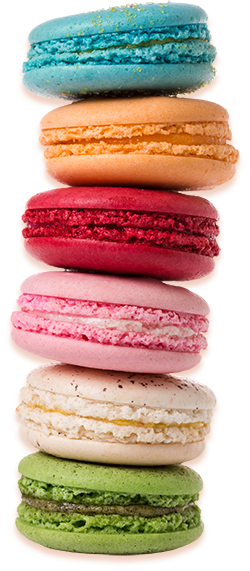 The demand for naturally-colored food products continues to grow. However, there are some difficult technical hurdles to overcome when using many of the naturally-derived colorants currently available. Cost and stability are primary issues that must be addressed during the formulation stage.
The demand for naturally-colored food products continues to grow. However, there are some difficult technical hurdles to overcome when using many of the naturally-derived colorants currently available. Cost and stability are primary issues that must be addressed during the formulation stage.
Our experienced technical teams can help you develop the best color and flavor system for your product, balancing cost, stability and labeling requirements.
Certified Color Additives:
The following are several of the currently allowed food colorants in the United States, the source material for each, and the challenges one can encounter when using them.
FD&C Blue #1 Brilliant Blue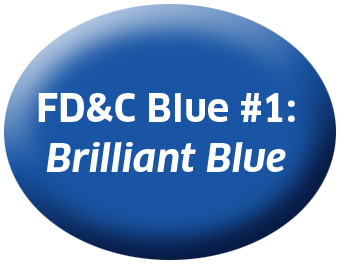
Often blended with Red #40 to vary hue. Used with Yellow #5 to make green.
Uses: Beverages, jellies, confections, condiments, icings, syrups
FD&C Red #40: Allura Red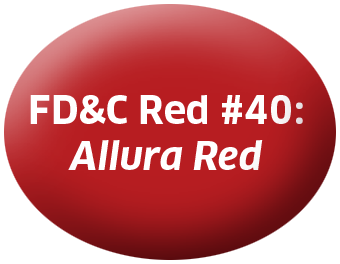
Used widely. Has no direct natural counterpart.
Uses: Dairy products, gelatins, confections, beverages, condiments
FD&C Yellow #6: Sunset Yellow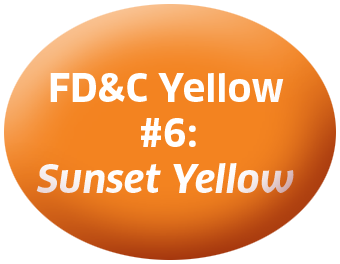
Often substituted with annatto. Hue can also be achieved by combining Red #40 and Yellow #5.
Uses: Cereals, baked goods, snack foods, ice cream, beverages, confections
FD&C Blue #2:* Indigotine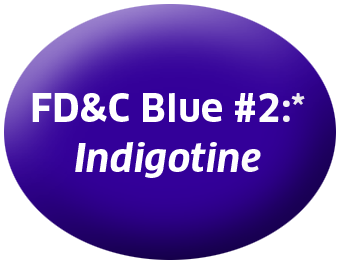
Offers little that can’t be achieved by combining Blue #1 and Red #40.
Uses: Baked goods, cereals, snack foods, ice cream, confections
FD&C Yellow #5: Tartrazine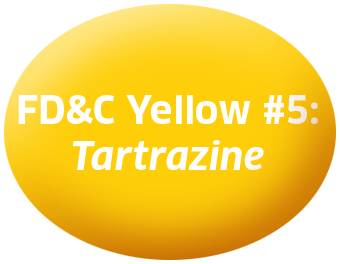
Often substituted with turmeric. Blended to make greens and oranges.
Uses: Beverages, ice cream, confections, preserves, cereals
FD&C Red #3:* Erythrosine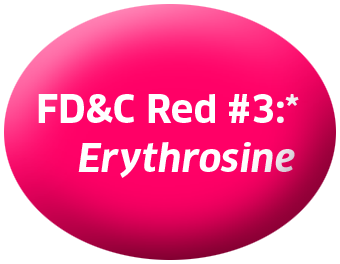
Used sparingly due to bad reputation developed in the 1980’s.
Uses: Canned Cherries, confections, baked goods, dairy products, snack foods
FD&C Green #3:* Fast Green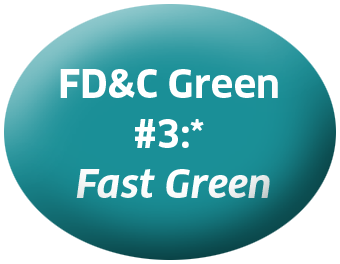
Blended with turmeric or Yellow #5 to produce a more natural-looking green. Uses: Beverages, ice cream, cherries, baked goods, dairy products
Exempt Color Additives
Annatto: Achiote See Extract
![]() Most stable of natural colorants. Withstands heat and acid. Cost effective.
Most stable of natural colorants. Withstands heat and acid. Cost effective.
Uses: Dairy products, butter substitutes, baked goods, snacks, ice cream
Turmeric: Rhizomatous Root Extract
![]() Reasonably heat stable, fades under light.
Reasonably heat stable, fades under light.
Uses: Baked goods, dairy products, ice cream, popcorn, candy, cereals, sauces, gelatins
Beet Juice Extract: Beet Roots
![]() Requires preservatives and refrigeration. Fades under light. Imparts flavor.
Requires preservatives and refrigeration. Fades under light. Imparts flavor.
Uses: ice cream, cake icings, yogurt, gelatins, fruit chews, frozen products, chewable tablets
Caramel Color: Roasted Sugar
![]() Preferred Type I requires much higher usage than Types II-IV. Stable.
Preferred Type I requires much higher usage than Types II-IV. Stable.
Uses: Dairy products, beverages, colas, cocoa, beer, coffee, icings, cereals, popcorn, sauces, candies
Spirulina: Algae
![]() Best used in Frozen Applications; fades to gray. Cost prohibitive.
Best used in Frozen Applications; fades to gray. Cost prohibitive.
Uses: Frozen desserts
Carmine:* Cochineal Beetle Extract
![]() Rarely used in the US. Not Kosherable. Not acceptable in natural grocery chains.
Rarely used in the US. Not Kosherable. Not acceptable in natural grocery chains.
Uses: Hard candy, yogurt, ice cream, gelatin desserts, fruit syrups, pet foods
Titanium Dioxide:* Ilmenite Ore
![]() Finely ground mineral is not always considered natural due to processing with sulfuric acid. Maximum use is 1%.
Finely ground mineral is not always considered natural due to processing with sulfuric acid. Maximum use is 1%.
Uses: Coffee, cheese, beverages, meat, fish, sugar
Fruits & Vegetables:* Juice Extracts
![]() Generally not heat or light stable. Fade easily. Impart flavor. Cost prohibitive.
Generally not heat or light stable. Fade easily. Impart flavor. Cost prohibitive.
Uses: Beverages, jellies, candy, gelatins, dry mixes
